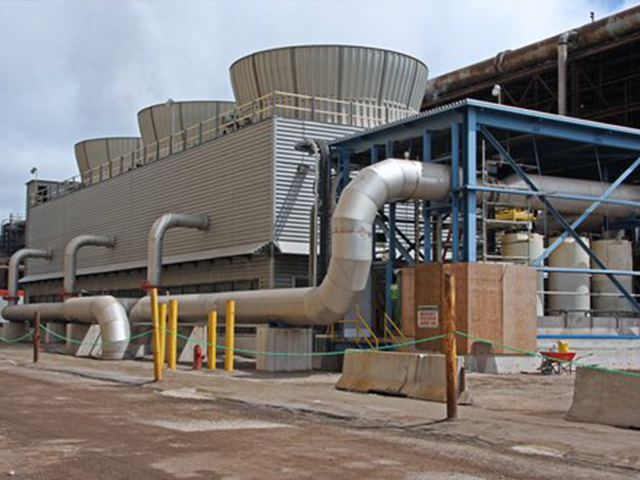Ozone in Cooling Water
Some of the problems facing cooling water treatment are the control of micro-organisms, scaling and corrosion. Cooling water is an ideal medium for breeding bacteria due to higher water temperature and the presence of sunlight helps the growth of algae. If not checked, the algae can choke the heal transfer tubes shutting down the plant. Biocides are required to control the growth of these micro-organisms. Due to the loss of water due to its evaporation in the cooling process, make-up water is added continuously in to pool water basin. While water evaporates, dissolved salt remains in the water. Addition of make-up water brings in more dissolved salt in to the system. This results in the increase of concentration of dissolved salts in water over a period of time. In order to reduce the concentration of solids in water, some portion of water is rejected. This is called blow down. The increased concentration of solids in water leads to increased scaling on the heat exchanger surfaces bringing down the efficiency of heat transfer.

